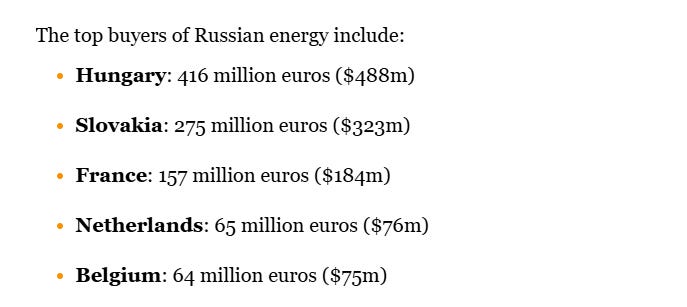The
central points of the planreflect long-standing Russian demands. The United States would recognize Russian rule over Crimea, Donetsk, and Luhansk—all of which are part of Ukraine. Russia would, in practice, be allowed to keep territory it has conquered in Zaporizhzhia and Kherson. In all of these occupation zones, Russian forces have carried out arrests, torture, and mass repression of Ukrainian citizens, and because Russia would not be held accountable for war crimes, they could continue to do so with impunity. Ukraine would withdraw from the part of Donetsk that it still controls—a heavily reinforced and mined territory whose loss would open up central Ukraine to a future attack.
Not only would this plan cede territory, people, and assets to Russia; it also seems deliberately designed to weaken Ukraine, politically and militarily, so that Russia would find it easier to invade again a year from now, or 10 years from now. According to a version of the text that appeared in the
Financial Times yesterday, the plan does state that “Ukraine’s sovereignty would be confirmed.” But it then imposes severe restrictions on Ukrainian sovereignty: Ukraine must “enshrine in its constitution” a promise to never join NATO. Ukraine must shrink the size of its armed forces to 600,000, down from 900,000. Ukraine may not host foreign troops on its soil. Ukraine must hold new elections within 100 days, a demand not made of Russia, a dictatorship that has not held free elections for more than two decades.
In return, the plan states that Ukraine “would receive security guarantees.” But it does not describe what those guarantees would be, and there is no reason to believe that President Donald Trump would ever abide by them. Russia would also “enshrine in law its policy of non-aggression towards Europe and Ukraine,” a bizarre and meaningless statement, given that Russia currently has a policy of permanent aggression not only toward Ukraine but also
toward Europe and has, anyway, repeatedly violated promises before. The United States would lift sanctions on Russia, losing any existing leverage over President Vladimir Putin; invite Russia to rejoin the G8; and reintegrate Russia into the world economy. Awkward wording,
evident throughout the document, suggests that at least some of it was originally written in Russian.
Why is the Trump White House pushing Ukraine to accept a Russian plan that paves the way for another war? The document offers some hints, declaring that the U.S. would also somehow take charge of the $100 billion in frozen Russian assets, for example, supposedly to invest this money in Ukraine and receive “50% of the profits from this venture.” Europeans, whose banks actually hold most of these assets, would receive nothing. European taxpayers, who currently provide almost all of the military and humanitarian support to Ukraine, are nevertheless expected to contribute $100 billion to Ukraine’s reconstruction.
Meanwhile, the United States and Russia would “enter into a long-term economic cooperation agreement for mutual development in the areas of energy, natural resources, infrastructure, artificial intelligence, data centers, rare earth metal extraction projects in the Arctic, and other mutually beneficial corporate opportunities,” according to the plan. This is no surprise: Putin
has spoken of “several companies” positioning themselves to resume business ties between his country and the United States.







